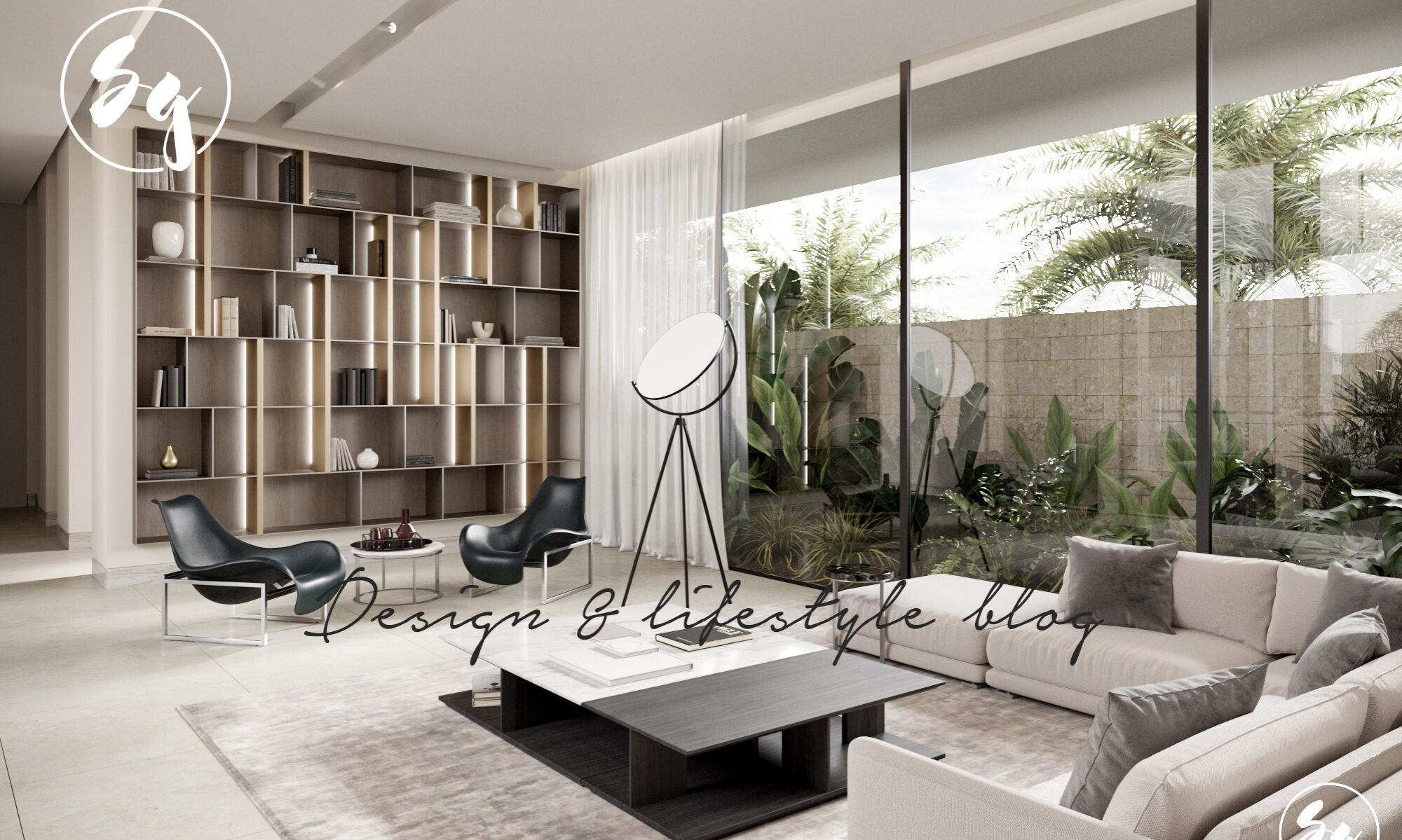Syria: Into the Light to feature more than 60 works by Syrian masters and emerging artists
Alserkal Avenue and the Atassi Foundation have revealed details about Syria: Into the Light, the Atassi Foundation’s largest-ever exhibition and its first in the MENA region since its formation last year. The show will mark Alserkal Avenue’s inauguration of Concrete, a multi-disciplinary, multi-purpose event venue designed by the Office for Metropolitan Architecture (OMA), founded by Rem Koolhaas. The exhibition will open on 9 March 2017 and close on 3 April 2017.
Curated by Mouna Atassi, the founder of Atassi Foundation, in collaboration with writer and curator Rasha Salti, the show will be based on the theme of ‘Portraits and Figures’ and will include more than 60 works by over 40 artists illustrating the landscape of Syrian art from 1924 up to 2016. Through this theme, the exhibition will highlight the trajectories and shifts of art movements in Syria and its socio-cultural histories, from the early 20th century until the present day, representing different movements, techniques and mediums, including painting, drawing, sculpture, photography, and video art.

“The opening of Concrete is a pivotal moment for the arts and culture scene of Dubai. Rem Koolhaas is known for his avant-garde approach to urban architecture, his practice has been deeply involved in the restoration and re-imagination of numerous arts-related buildings and structures around the world,” said Abdelmonem Bin Eisa Alserkal, Founder of Alserkal Avenue.
Referencing each phase of Syrian art from the early 20th century to the present day, the exhibition will showcase the works of artists such as Toufiq Tarek, Fateh Moudarres, Elias Zayyat, Yousef Abdelke and Hiba Ansari among others. Many of these works, which are part of the Atassi Foundation’s collection, will be on show for the first time in the MENA region.
The inaugural show has been selected to showcase the full breadth and scope of Concrete, an exhibition space in Alserkal Avenue that has been designed to host international, museum-grade exhibitions, while also serving as a blank canvas for brands to fulfil their creative vision.
“With the opening of Concrete, we now have a space that was designed and built to accommodate international-level, museum-grade exhibitions to Dubai and the UAE. The adaptability of the space and its ability to metamorphose to bring a creative vision to life raises the bar, not only for the design industry, but for the events industry as well,” said Vilma Jurkute, Director of Alserkal Avenue.
The exhibition seeks to explain the importance of portraits in Syrian art and the socio-political influences that portraiture imbibed from the early 20th century to the present day. “Looking at Syrian art through the lens of portraiture is not only an attempt to understand the characteristics of the genre but also an attempt to read Syrian art through this theme,” said Atassi.
“The Atassi Foundation was founded on the premise of promoting Syrian art and culture. This exhibition marks a tremendous opportunity to tell the story of a multifaceted country and people by bringing a selection of our private collection to be shown in the first space of its kind in the region,” she added.
For Syrian artists, depicting the human figure has been a realm for incarnation, projection and subversion, for the representation not only of individuals and groups, but also for that of collective memory or history. The show provides viewers with a compelling narrative of what life was like in 20th century Syria, told through the faces, gazes and postures of the men and women, notables, workers, tradesmen, shepherds, heroes and mythological figures.
In the wider history of modern Arab art, the practice of painting social and political elites was imported from Europe during the 19th century, gaining popularity for a short period before lapsing with the ‘modern turn’. Its recognition as a genre rose again in the early 20th century, assuming the incarnation of peoplehood and at times even bordering on social activism by challenging the prevailing elitism and a society steeped in class distinctions. Following World War I, however, portraiture became much bolder in its ideology, with artists developing a deeply subjective language that was allegorical in nature.
The exhibition is designed by well-known Syrian architect, Michel Zayat, to accentuate the features of Concrete, which allow for a symbiotic relationship with art.


